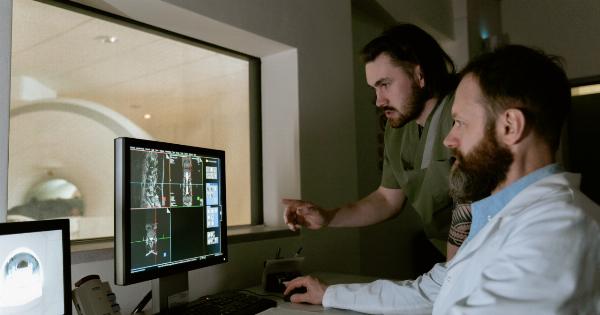Hypothermia is a condition in which the body temperature falls below the normal range. This is a dangerous condition that requires prompt medical attention.
Hypothermia can occur due to various reasons, including prolonged exposure to cold temperatures, wet conditions, and windy conditions. The symptoms of hypothermia can vary from mild to severe, and can be life-threatening if not treated promptly.
Causes of Hypothermia
The main cause of hypothermia is exposure to cold temperatures. When the body is exposed to cold temperatures, it begins to lose heat faster than it can produce heat.
The body responds to this by constricting blood vessels and reducing blood flow to the extremities, such as the fingers and toes, to conserve heat. As the body temperature drops, the body’s ability to generate heat decreases, which can lead to hypothermia.
Another cause of hypothermia is wet conditions. When the body is wet, it loses heat faster than when it is dry. This is because water is a good conductor of heat, and can transfer heat away from the body quickly.
Windy conditions can also increase the risk of hypothermia, as they can cause the body to lose heat more quickly than calm conditions.
Other factors that can increase the risk of hypothermia include age, alcohol and drug use, and certain medical conditions. Older adults are more susceptible to hypothermia because their bodies are less efficient at regulating temperature.
Alcohol and drug use can also increase the risk of hypothermia by impairing the body’s ability to regulate temperature. Certain medical conditions, such as diabetes and thyroid problems, can also increase the risk of hypothermia.
Symptoms of Hypothermia
The symptoms of hypothermia can vary depending on the severity of the condition. Mild hypothermia can cause symptoms such as shivering, numbness, and tingling in the extremities. As the body temperature drops further, the symptoms can become more severe.
Severe hypothermia can cause symptoms such as confusion, drowsiness, slurred speech, and loss of consciousness. In severe cases, hypothermia can be life-threatening, and can lead to organ failure and death.
Treatment for Hypothermia
If you suspect that someone has hypothermia, it is important to seek medical attention immediately. The first step in treating hypothermia is to remove the individual from the cold environment and get them to a warm, dry place.
Remove any wet clothing and wrap the individual in warm blankets or clothes. If possible, provide warm drinks and food to help raise the body temperature.
If the individual is unconscious or unable to swallow, do not attempt to give them anything to eat or drink. Instead, seek medical attention immediately.
In severe cases of hypothermia, hospitalization may be necessary. Treatment may involve warming the body using external sources of heat, such as heating pads or warmed blankets.
In extreme cases, intravenous fluids may be necessary to help raise the body temperature.
Preventing Hypothermia
The best way to prevent hypothermia is to avoid exposure to cold temperatures. If you must go outside in cold conditions, dress warmly and in layers. Wear a hat, gloves, and warm boots to help keep your extremities warm.
When participating in outdoor activities, such as hiking or skiing, make sure you are properly prepared with warm clothing and equipment.
It is also important to stay dry when outdoors in cold conditions. Avoid sweating by dressing in moisture-wicking clothing and removing layers as necessary to prevent overheating.
If you are experiencing any symptoms of hypothermia, such as shivering, numbness, or confusion, seek medical attention immediately. Hypothermia can be a life-threatening condition, but with prompt treatment, it can be successfully treated.

























